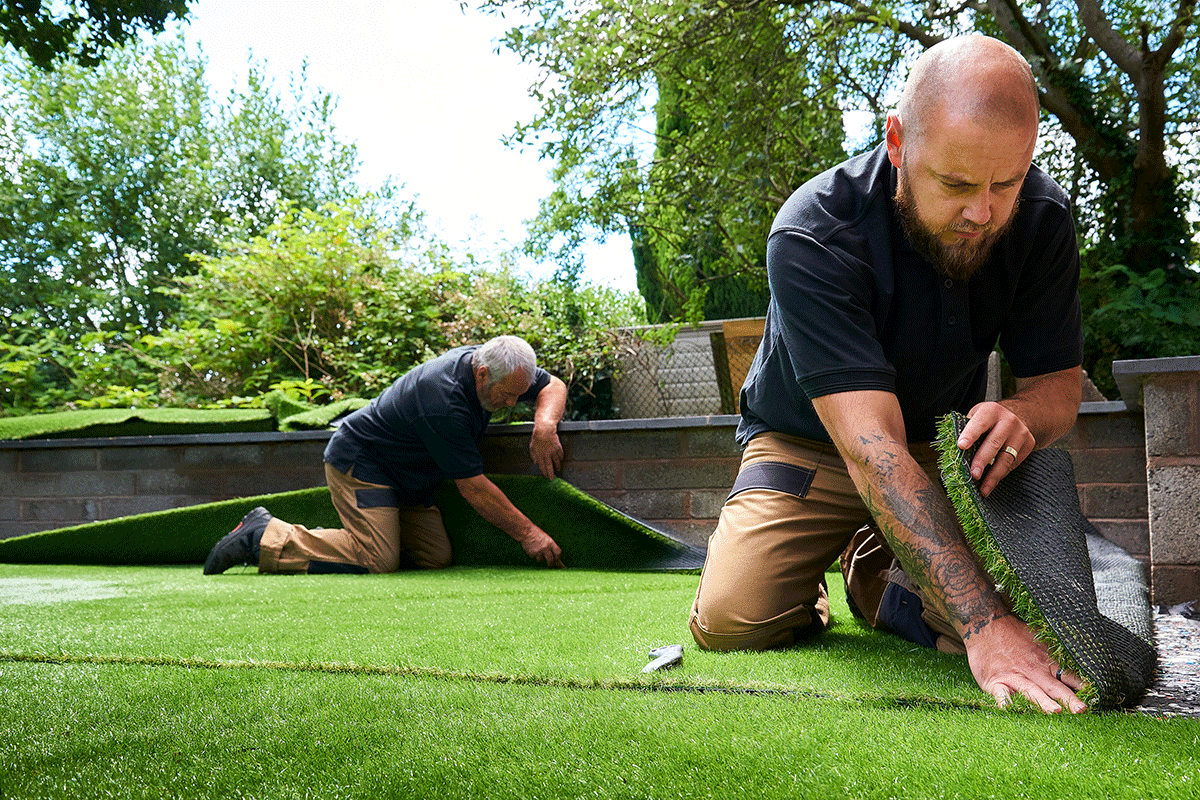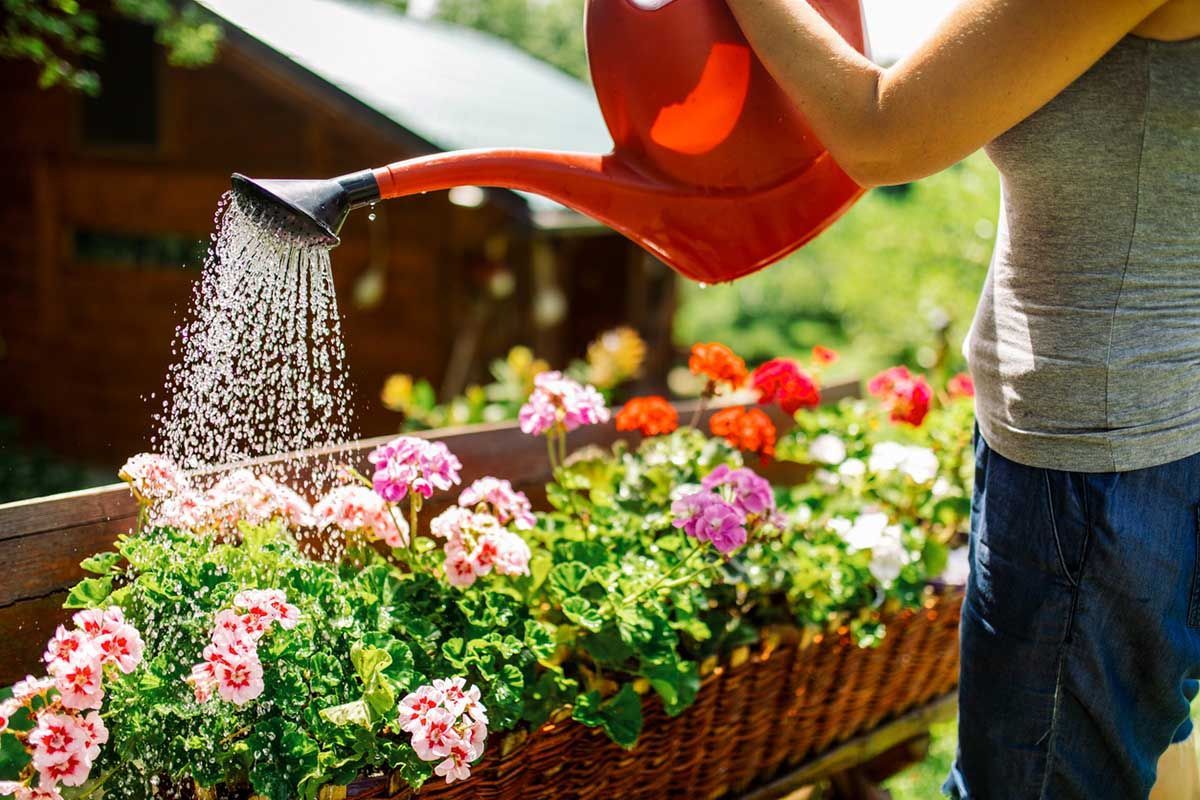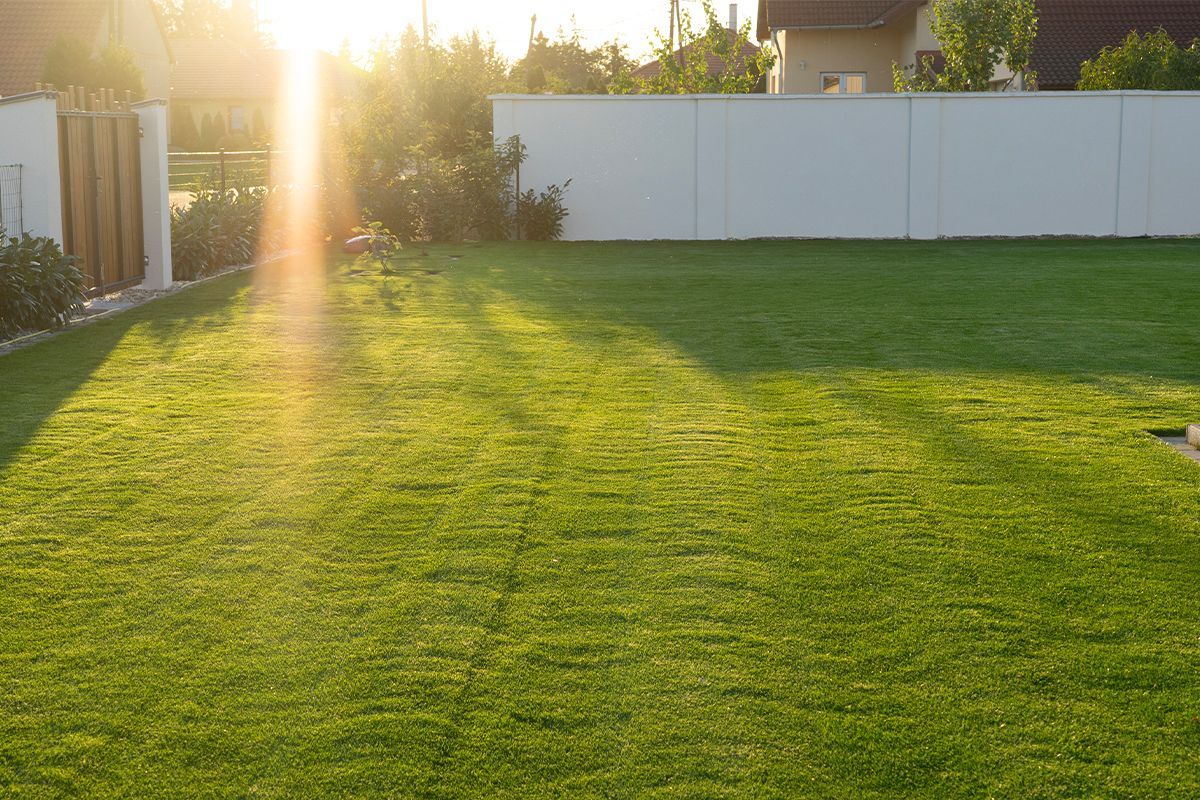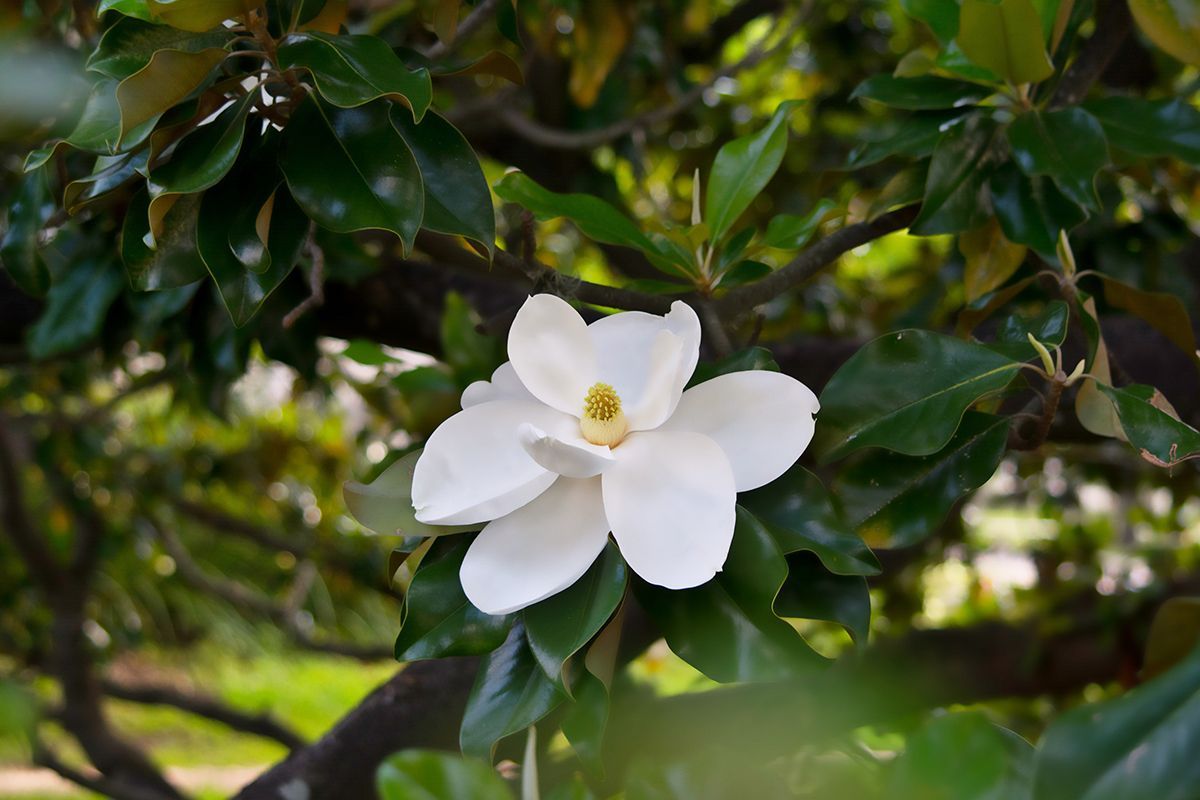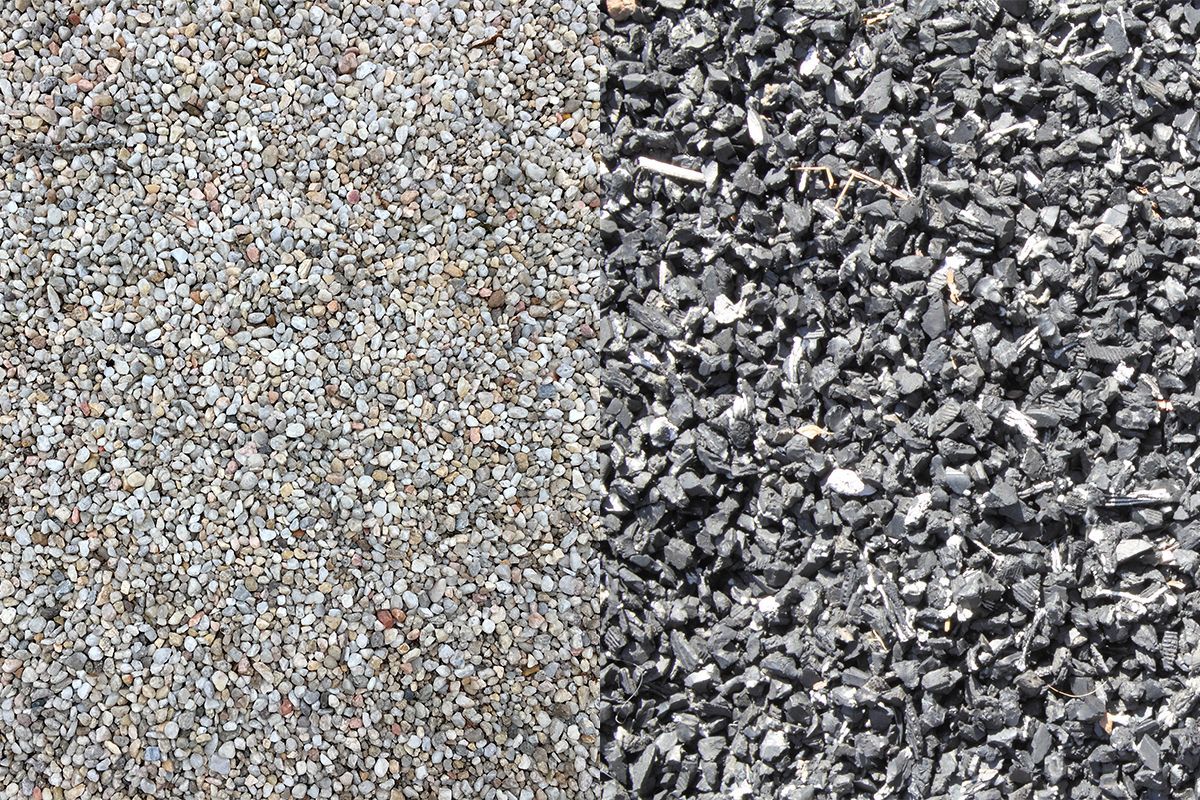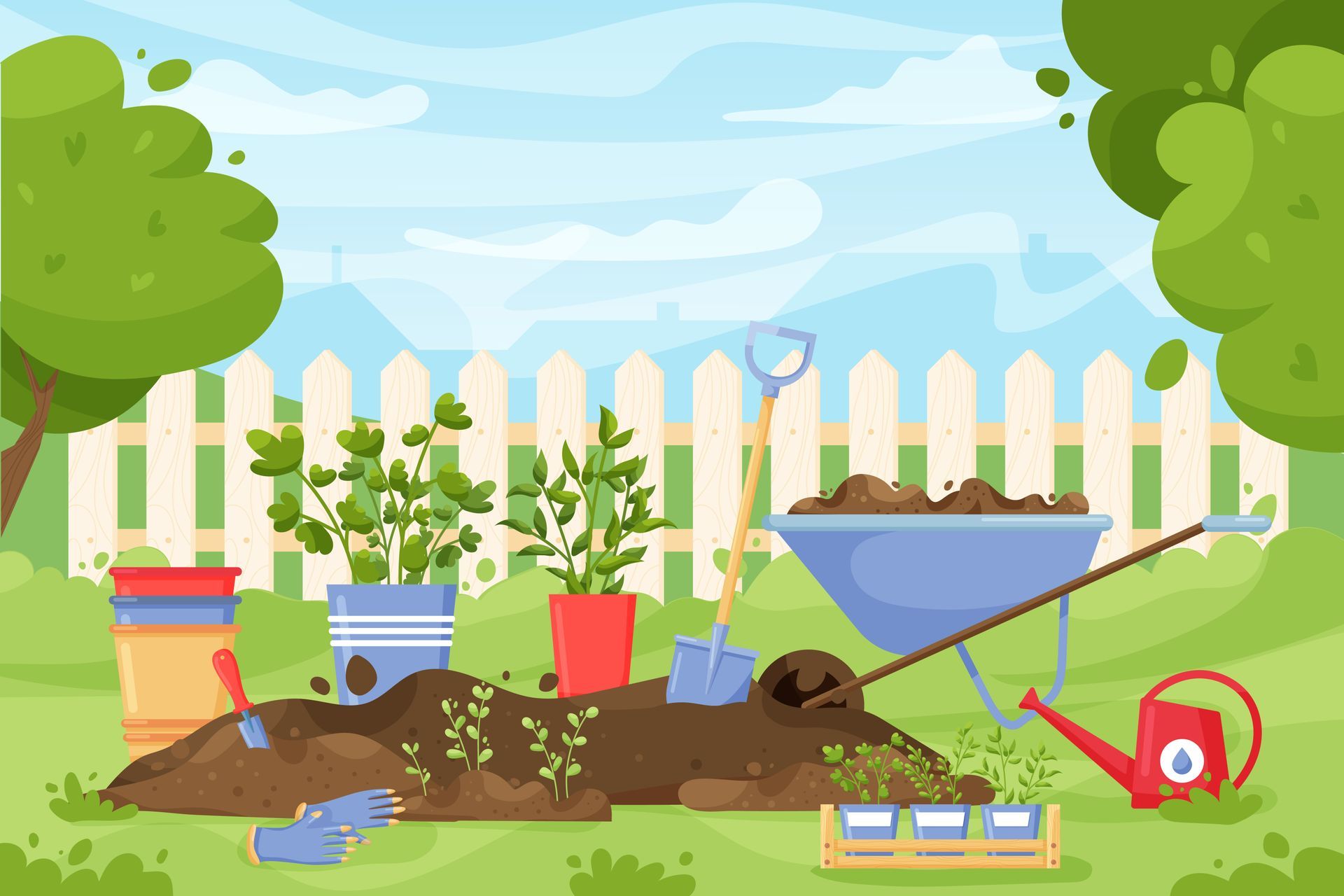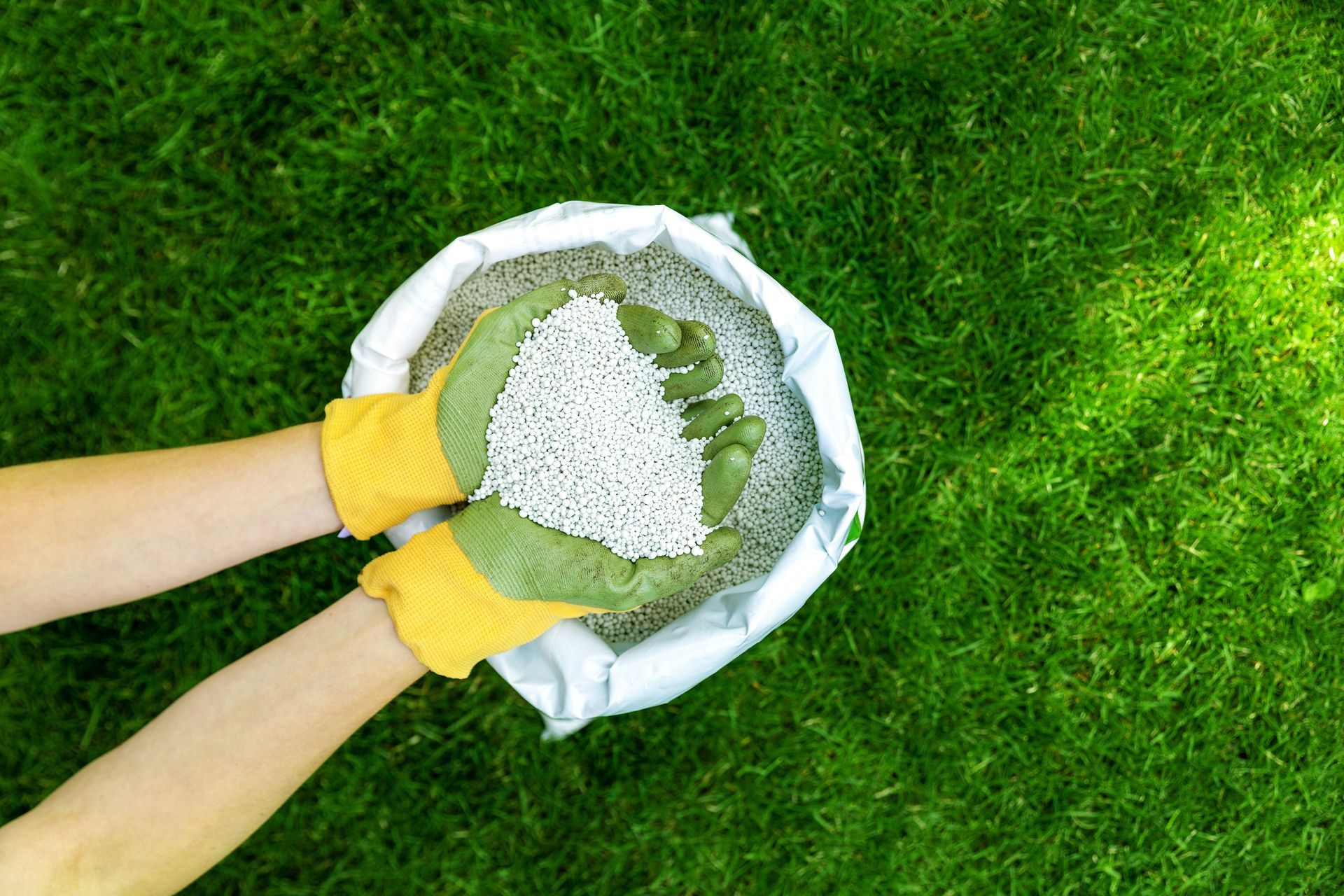Preparing Your Lawn for Fall: End-of-Summer Pruning and Trimming Tips
As the heat of summer begins to wane and cooler fall days approach, it’s time to start thinking about how to prepare your lawn and garden for the upcoming season. One of the best ways to ensure your landscape stays healthy and vibrant throughout the fall and winter months is by performing end-of-summer pruning and trimming. Here are some essential tips to help your plants, trees, and lawn thrive as we transition into the cooler months.
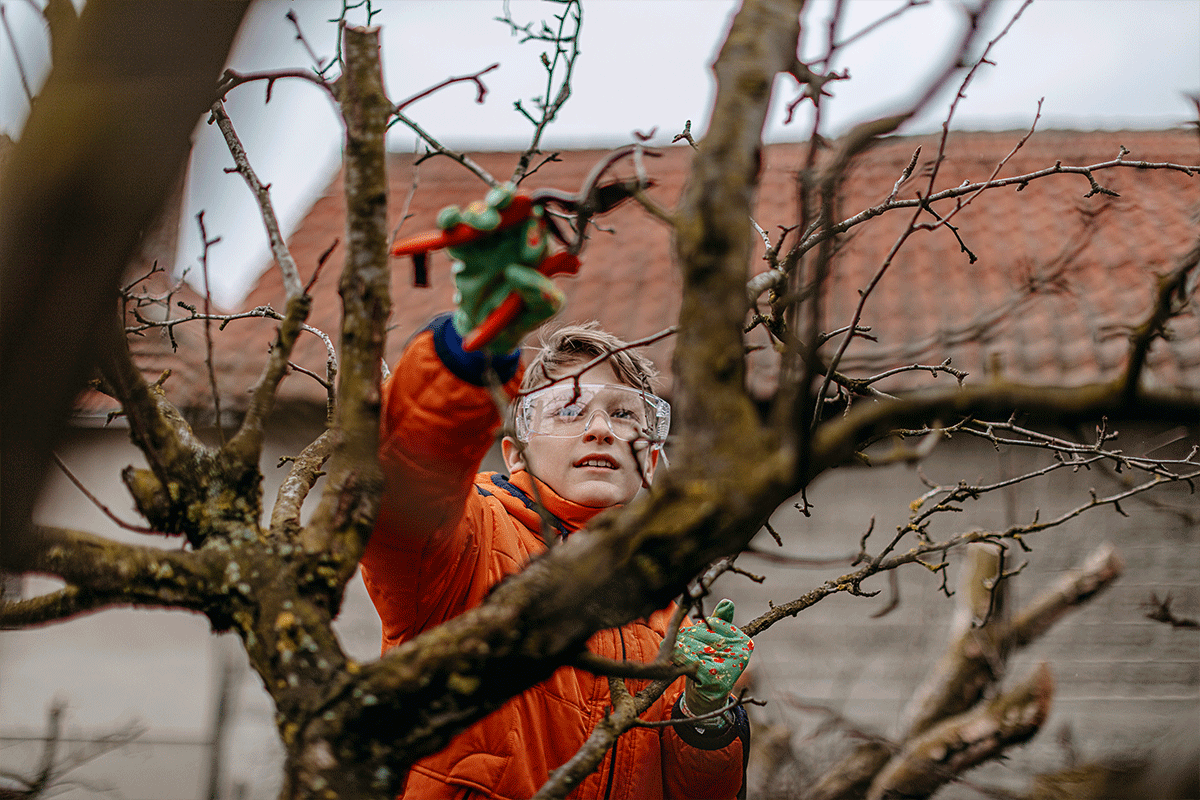
1. Prune Dead and Damaged Branches
Summer storms and extreme heat can sometimes leave trees and shrubs with broken or dead branches. Now is the perfect time to remove any damaged wood to help prevent disease and pests from taking hold. Pruning also improves the overall shape and structure of your plants, promoting healthier growth for the following season.
Tip: Always use sharp pruning shears or loppers for clean cuts, and avoid cutting back more than one-third of the plant to ensure proper recovery.

2. Trim Back Perennials
As perennials finish their blooming cycles, it’s a good idea to trim back the spent flowers and foliage to keep your garden looking tidy. Removing old stems helps prevent pests and diseases from overwintering on dead material. Some plants, like hostas and daylilies, will also benefit from being cut back to encourage fresh growth in the spring.
Tip: Leave some perennials with seed heads, like Echinacea or Black-eyed Susans, as they provide food for wildlife and visual interest throughout the fall.
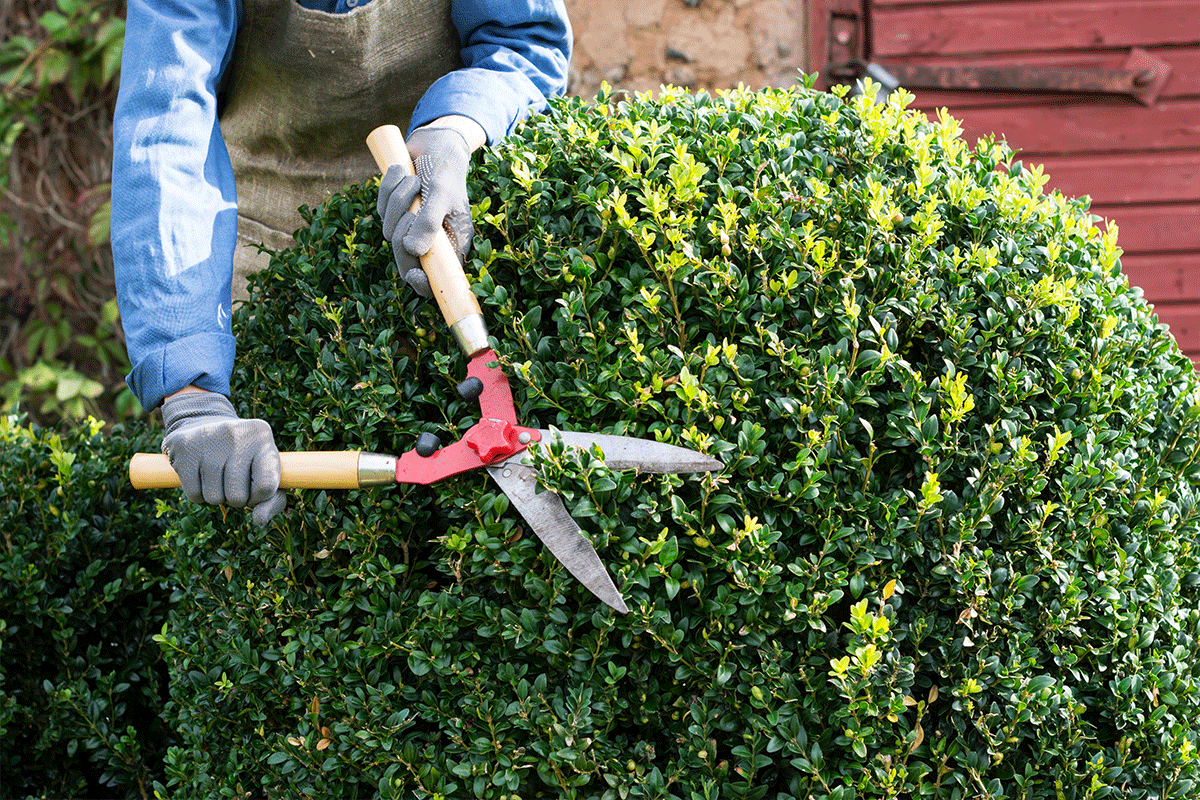
3. Shape Your Shrubs
If you have evergreen or deciduous shrubs in your yard, trimming them at the end of summer helps maintain a neat, compact shape. For hedges, it's a good time to do a final shaping before they go dormant for the winter. Regular trimming throughout the growing season keeps shrubs healthy and prevents them from becoming too large or unruly.
Tip: For most shrubs, prune right after they bloom to avoid cutting off next year's flowers. Avoid heavy pruning late in the season to prevent encouraging new growth that could be damaged by the first frost.

4. Trim Back Grasses and Ground Covers
Grasses, such as ornamental varieties like Miscanthus or Pampas, can benefit from a late summer trim to keep them from looking too shaggy going into fall. After the first frost, it's best to cut these back to the ground to allow for fresh growth in the spring.
Tip: Be sure to cut grasses down in late fall, after they’ve turned brown, to avoid cutting back any new growth that may still be developing.
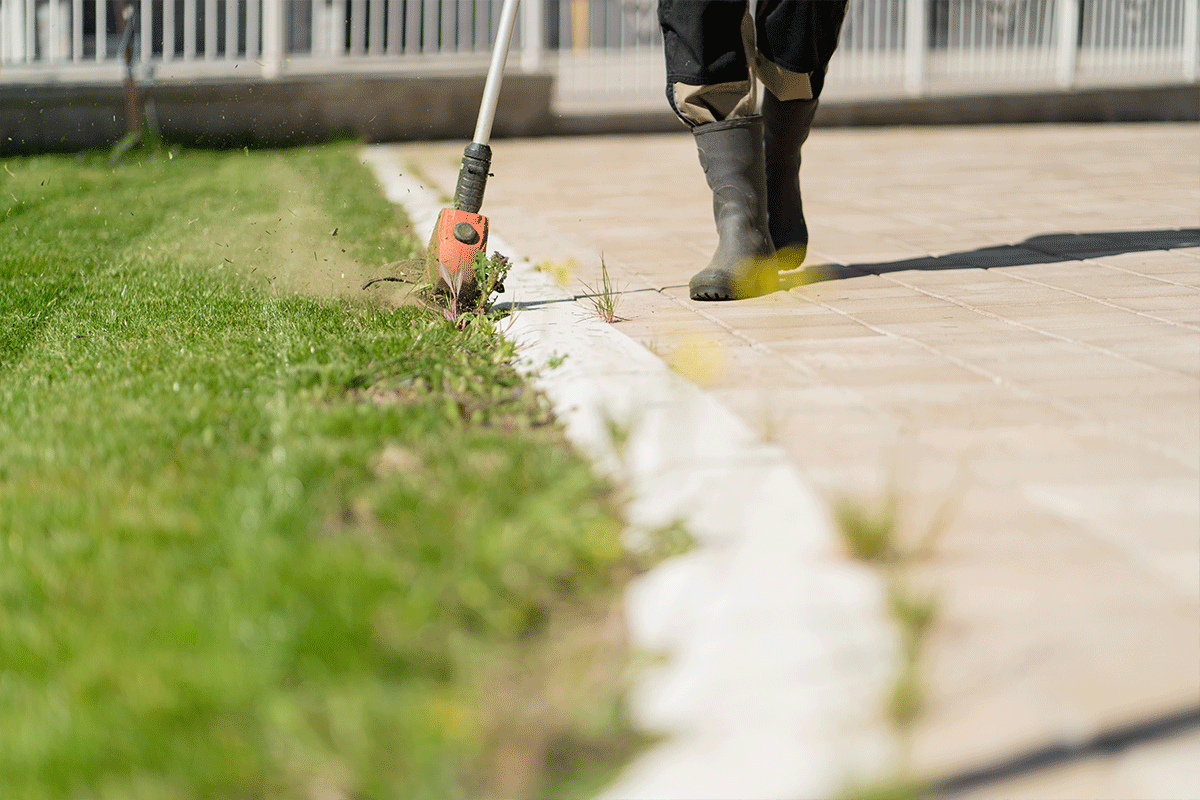
5. Edge and Clean Up Your Lawn
As you prepare your lawn for fall, don’t forget to edge your flower beds, sidewalks, and walkways. This helps keep your garden looking well-maintained and prevents grass from creeping into flower beds. It’s also a good time to clean up any leaves, weeds, or debris that may have accumulated during the summer months.
Tip: Edge your lawn and remove any invasive weeds to reduce competition for nutrients and water as the growing season comes to a close.
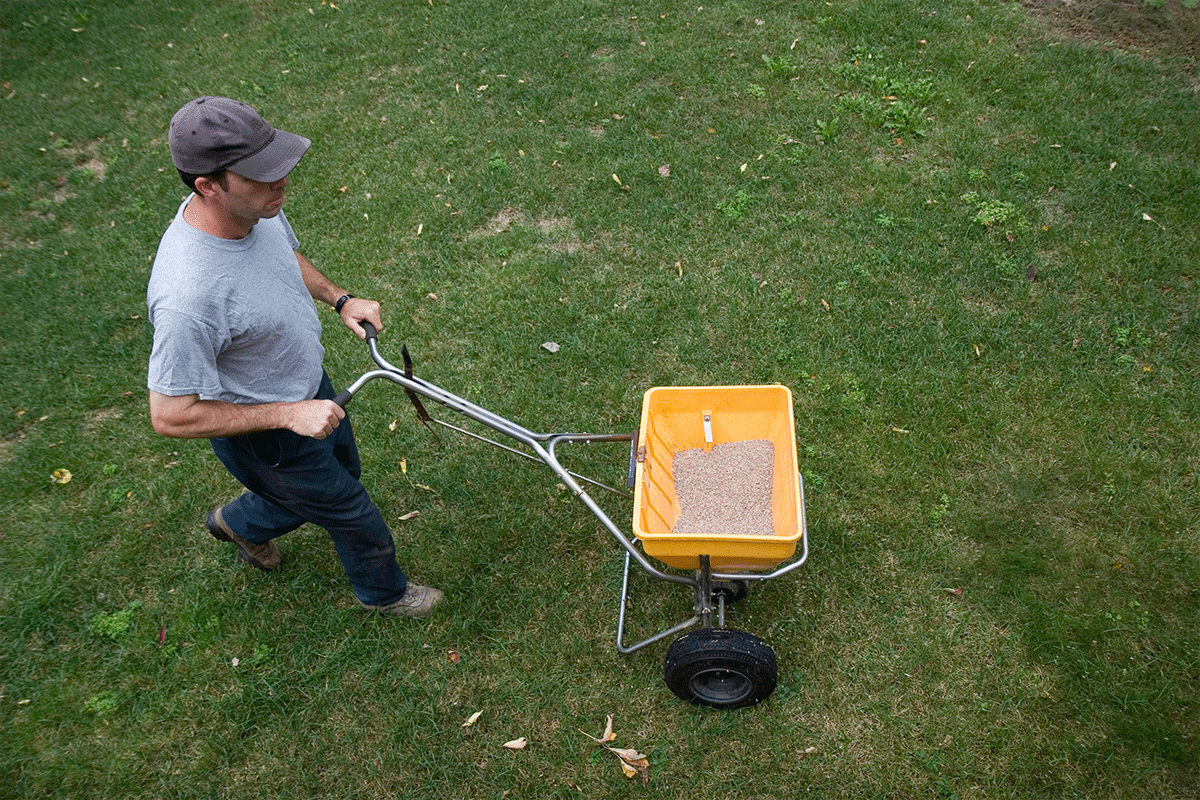
6. Fertilize and Aerate Your Lawn
End-of-summer is a great time to aerate your lawn to relieve soil compaction and improve root development. Aeration allows air, water, and nutrients to penetrate the soil more effectively. Following aeration, apply a slow-release fertilizer to help your lawn stay healthy through the fall and winter months.
Tip: Fall is one of the best times to fertilize cool-season grasses like fescue and bluegrass, as they will continue to grow through the cooler months.
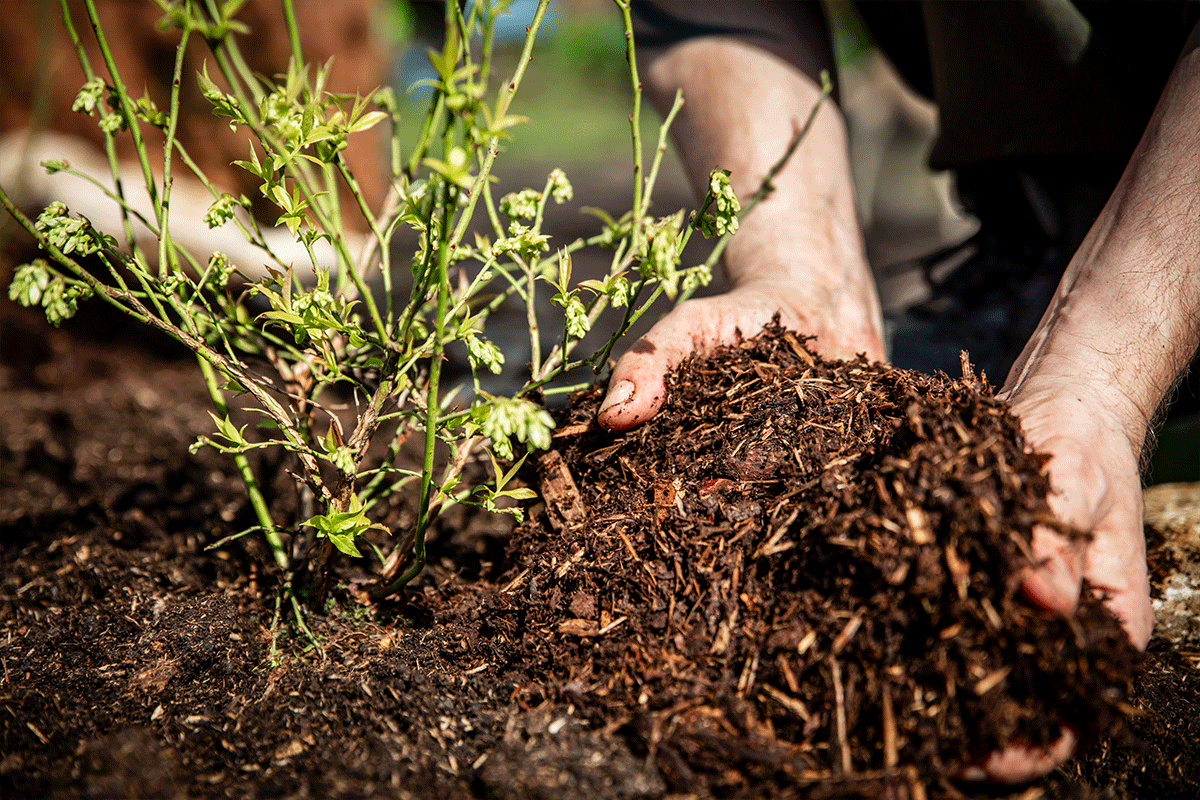
7. Rethink Your Mulch
If you’ve been using mulch in your garden beds, check to see if it has broken down over the summer. Add a fresh layer to insulate plant roots for the coming fall and winter. Mulch helps regulate soil temperature, conserve moisture, and prevent weeds from taking root.
Tip: Apply mulch to a depth of 2-3 inches, but avoid piling it directly against the base of plants, as this can lead to rot and disease.
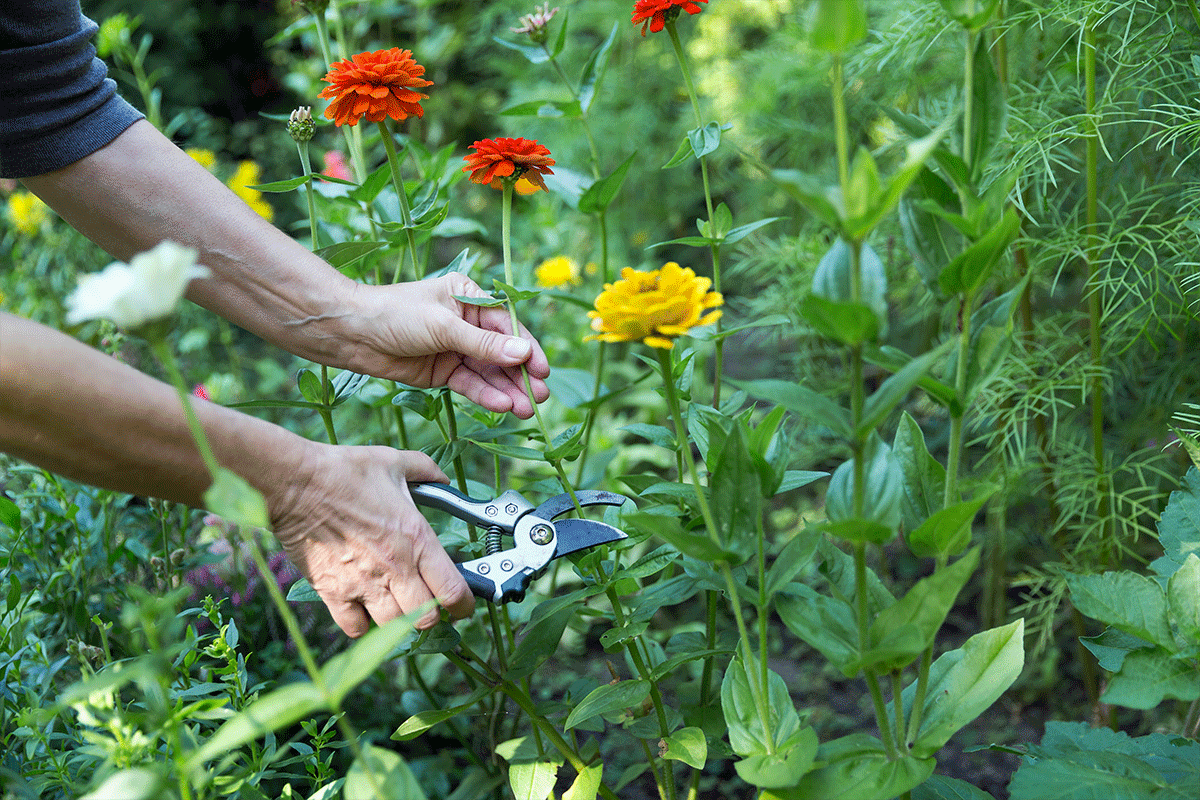
8. Cut Back Summer Annuals
Once your summer annuals have finished blooming, it's time to remove them from your garden beds. This will help maintain a tidy appearance and allow you to make space for fall plantings like mums or pansies. Plus, removing spent annuals prevents them from self-seeding in your garden.
Tip: If you enjoy collecting seeds from annuals, now is a good time to gather them for next season’s planting.
Conclusion
End-of-summer pruning and trimming are essential steps to help your lawn and garden prepare for the colder months. Not only does it improve the overall appearance of your landscape, but it also promotes healthier plants and a more vibrant garden for the spring. With these simple steps, your yard will be ready to face the fall and winter seasons while maintaining its beauty.
Need help with your pruning or trimming? Contact us today for expert advice and assistance in getting your landscape fall-ready!
